Time-Lapse Shows Three Years in the Life of Our Sun in Three Minutes
This beautiful video shows three years in the life of the Sun in three minutes. The photographs are shown at a pace of two photos for each day. Thus, there are a little over 2000 photos in this video that are shown at around 12 frames per second.
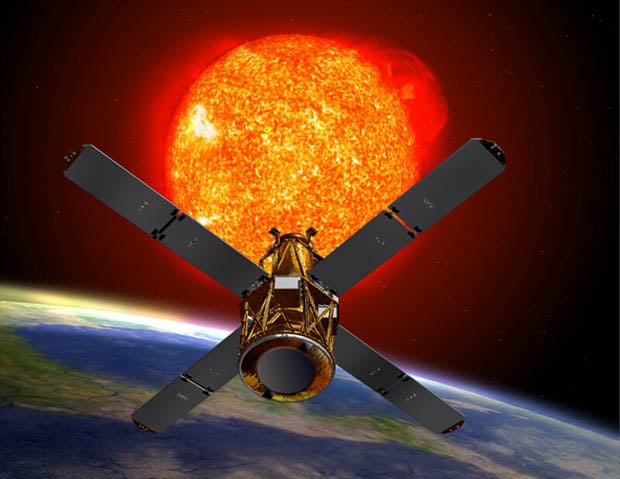
One photograph is captured every 12 seconds in 10 different wavelengths by the SDO’s camera. The video above is mainly focused on one specific wavelength in the extreme ultraviolet range, though we do see other wavelengths in a mosaic near the end of the video. Here are some photos released with the video showing what the sun looks like at different wavelengths:
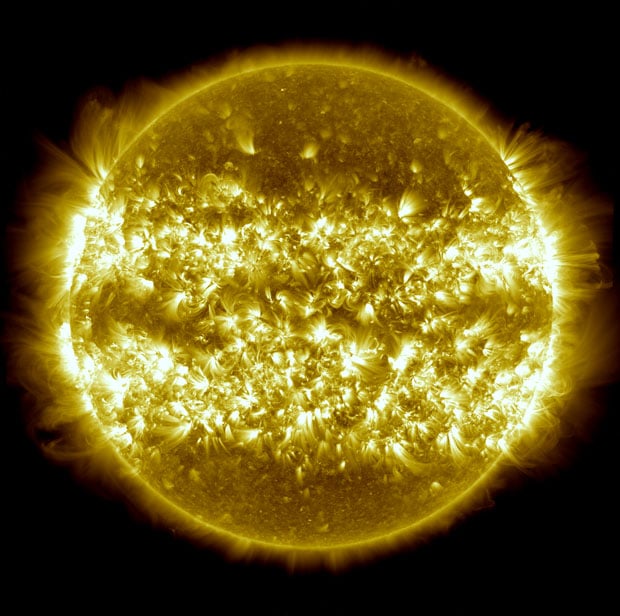
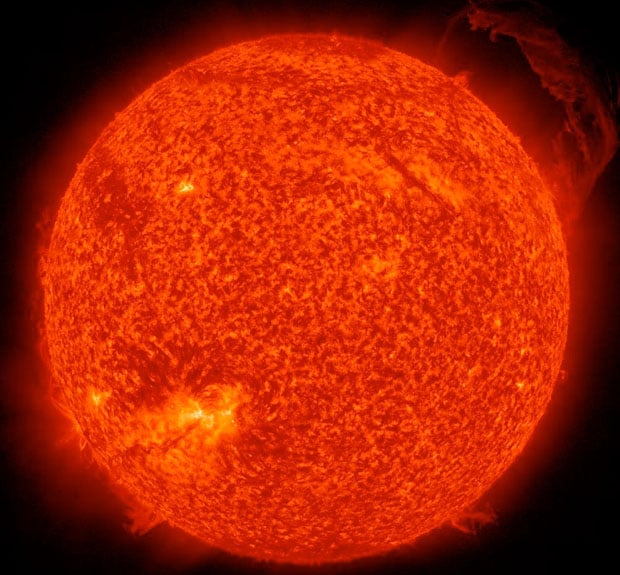
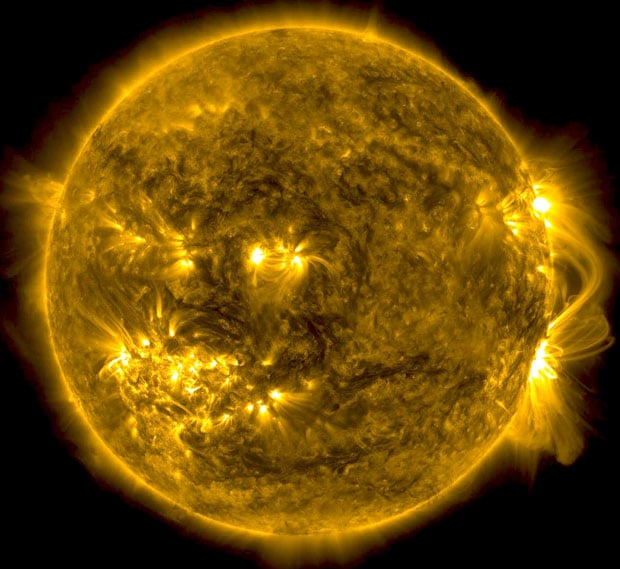
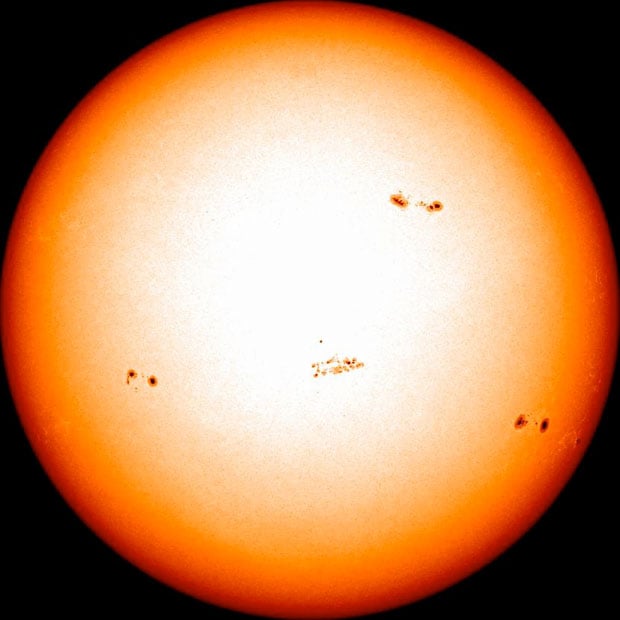
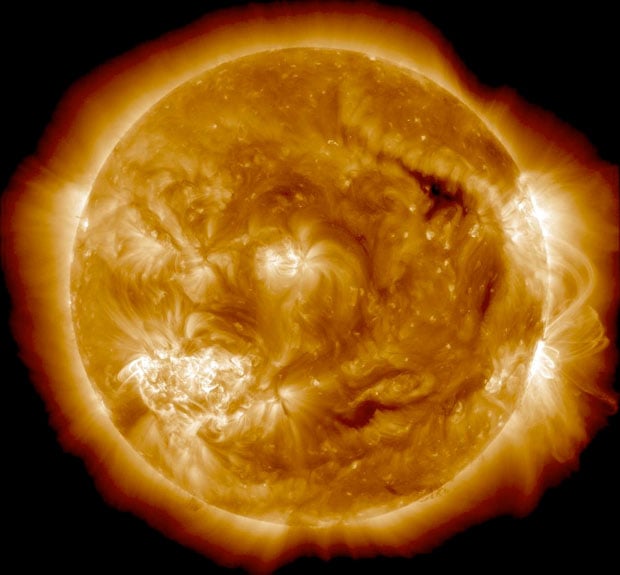
You might not notice certain things about the video unless you know to look out for them. For example, over the course of the three minutes, the sun subtly grows larger and smaller due to the distance between the camera and the sun changing over time. The camera is orbiting Earth at 6,876MPH as the Earth orbits the sun at 67,062MPH.
Other noteworthy things in the video that appear as quick flashes of frames. These include a partial eclipse by the moon at 30s, a roll maneuver at 31s, a major flare at 1m:11s, a comet at 1m:28s, another roll maneuver at 1m:42s, a transit of Venus at 1m:51s, and another partial eclipse of the moon at 2m:28s.
P.S. The song in the video is “A Lady’s Errand of Love” by violinist Martin Lass
Image credits: Video and photographs by NASA’s Goddard Space Flight Center/SDO